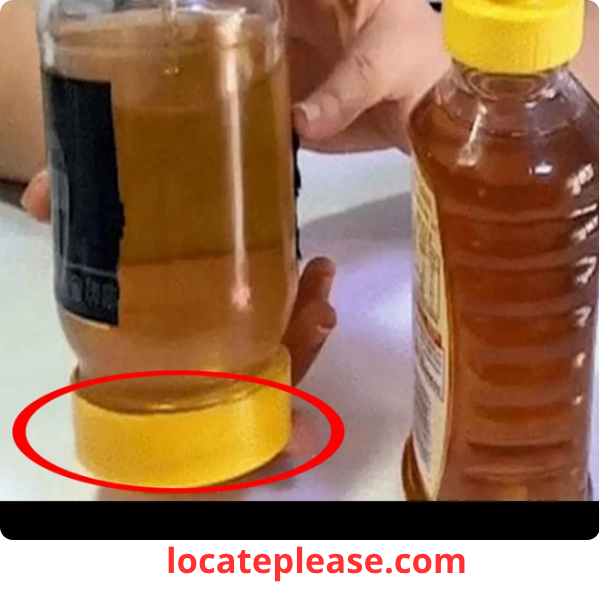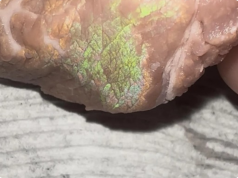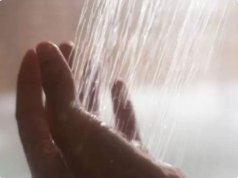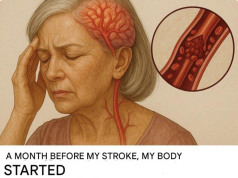Honey is one of nature’s sweetest gifts — not only delicious but also packed with nutrients, antioxidants, and health benefits. From soothing sore throats to boosting energy, it’s a staple in many households. But with the rising demand for honey, the market has also seen a surge in fake or adulterated honey . Some unscrupulous sellers dilute pure honey with syrups like corn or rice syrup to maximize profits, leaving consumers with a product that looks like honey but lacks its true benefits.
So, how can you tell the difference between real and fake honey before you bring it home?
Here’s a simple and clever method that anyone can do — just flip the bottle upside down.
The Flip Test: A Quick Way to Spot Fake Honey
This method is surprisingly effective and easy to perform at the store or at home.
- Hold the honey bottle upright , then shake it three times up and down.
- Quickly flip the bottle upside down and observe the air bubbles inside.
Here’s what to look for:
- If the bubbles rise slowly and take a long time to disappear (up to 1–2 hours), you’re likely holding real honey .
- If the bubbles rise quickly and vanish almost immediately , the honey is likely fake or diluted .
This works because pure honey is dense and viscous , causing bubbles to move slowly. In contrast, adulterated honey contains water and less dense additives , making the bubbles disappear faster.
Other Simple Ways to Test Honey at Home
If you’re already at home and want to double-check your honey, here are two more methods you can try:
1. The Water Test
- Fill a glass with room-temperature water.
- Drop a spoonful of honey into the center of the glass.
- Real honey will sink to the bottom in thick, cohesive strands without dissolving immediately.
- Fake honey will dissolve quickly , spreading out into the water as if it were syrup.
2. The Crystallization Test
- Pure honey naturally crystallizes over time , especially when the temperature drops below 14°C (57°F) .
- When kept in a cool place, real honey will become thick, cloudy, and grainy — this is a sign of its natural sugars (glucose and fructose) solidifying.
- If your honey never crystallizes , even in cold temperatures, it may be adulterated or overly processed .
- You can also reverse the process by warming the honey above 20°C (68°F) — real honey will return to its smooth, liquid form.
Why Real Honey Matters
Real honey is more than just a sweetener — it’s a natural product made by bees from flower nectar. It contains enzymes, amino acids, vitamins, and minerals that contribute to its health benefits. It also has antibacterial and anti-inflammatory properties , making it valuable for both internal and external use.
Fake honey, on the other hand, lacks these properties and is often just a sugary syrup with artificial coloring and flavoring — offering little to no nutritional value.
Final Thoughts: Know What You’re Buying
With so many counterfeit products on the market, it’s important to be vigilant when buying honey. The next time you’re at the store:
- Shake the bottle and flip it upside down .
- Look for slow-rising bubbles — a sign of pure honey.
- At home, try the water test and check for natural crystallization .
These simple tricks can help you avoid being fooled by fake honey and ensure you’re getting the real, nutrient-rich deal.
Remember: Real honey doesn’t rush — it lets the bubbles rise slowly and the crystals form with time. Just like nature intended.










